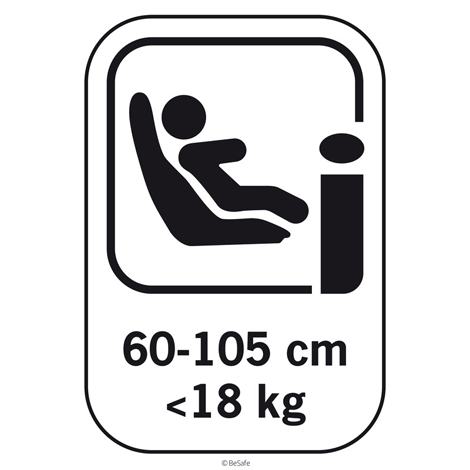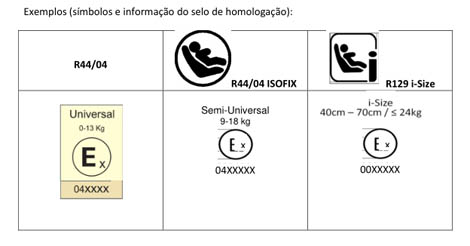 Since the publication of Regulation 129 – a new regulation for the approval of child restraint systems – which have reached the Association for the Promotion of Child Safety, “almost daily, numerous issues related to its application and obligation”, said the APSI.
Since the publication of Regulation 129 – a new regulation for the approval of child restraint systems – which have reached the Association for the Promotion of Child Safety, “almost daily, numerous issues related to its application and obligation”, said the APSI.
Now that the first seats approved by this new regulation – commonly known as i-Size – begin to arrive on the market, APSI says it fears that “confusion will set in and increase the difficulty of the already complex task of the families of choice of a car seat”.
And what is the main reason for this confusion? Because on the market, for some time (still undetermined), chairs approved by different regulations, with different safety requirements and different classifications, will coexist.
In this transition phase, stresses APSI, «it is important that families are correctly informed about all the possibilities and differences, so that they can make the most appropriate choice for their particular case (which will depend on their car, the number of children, among other aspects)».
On the market it will be possible to find seats with internal belts (called integral systems) approved by Regulation R44/04 for installation with the car's safety belt, also by R44/04 for installation with the ISOFIX system (or, in some cases, for both types of installation) and by the new R129 for installation with ISOFIX system only.
In seats approved by the new regulation, the indication of weight no longer exists, instead there is the indication of height (hence the i-Size designation), that is, the approval is no longer by weight (R44/04) and becomes to be by height (R129).
 What do families need to know?
What do families need to know?
1. The R129 or i-Size results from the need to update the previous regulation R44/04 and for this reason it is an updated and improved version of it, which introduces important safety requirements in order to increase the protection of children in the car.
2. The main benefits of the R129 or i-Size for families are the greater ease in choosing a chair and in changing chairs or deciding on its orientation, as well as its installation.
The introduction of height as a reference instead of weight, the elimination of overlapping weight groups and the impossibility of carrying children facing forward before 15 months are some of the aspects introduced that make family decisions easier and minor usage errors.
In addition, the introduction of requirements for side impacts, which have hitherto been non-existent, undoubtedly represents an increase in protection.
3. However, it is possible to continue using the seats approved by the R44/04, without having to change or stop using, immediately, the systems approved by the previous regulation.
Also because this would not be possible in vehicles that do not have an ISOFIX system. The seats approved by the R 44/04, if well used and installed, continue to offer a good level of safety.
4. The R129 or i-Size only applies, for now, to seats with internal belts (integral systems). The remaining (non-integral) systems, such as support seats and booster seats, for the time being are only approved by R44/04.
What do families need to have to opt for an i-Size approved restraint system?
1. A vehicle with i-Size homologation seats (in practice there are still very few); if this is the case, the compatibility between car seat and vehicle is guaranteed.
2. A vehicle with ISOFIX seats; in this case it is necessary to check the list of compatible vehicles and try it out in the car before purchasing the seat, to ensure that it is possible to install the 3 points of ISOFIX, according to the manufacturer's instructions.
It is expected that this will be possible in a considerable number of cars.
APSI also informs that it has a service for families to verify the installation of car seats and provides clarifications in the area of child safety in the car.


















Comments